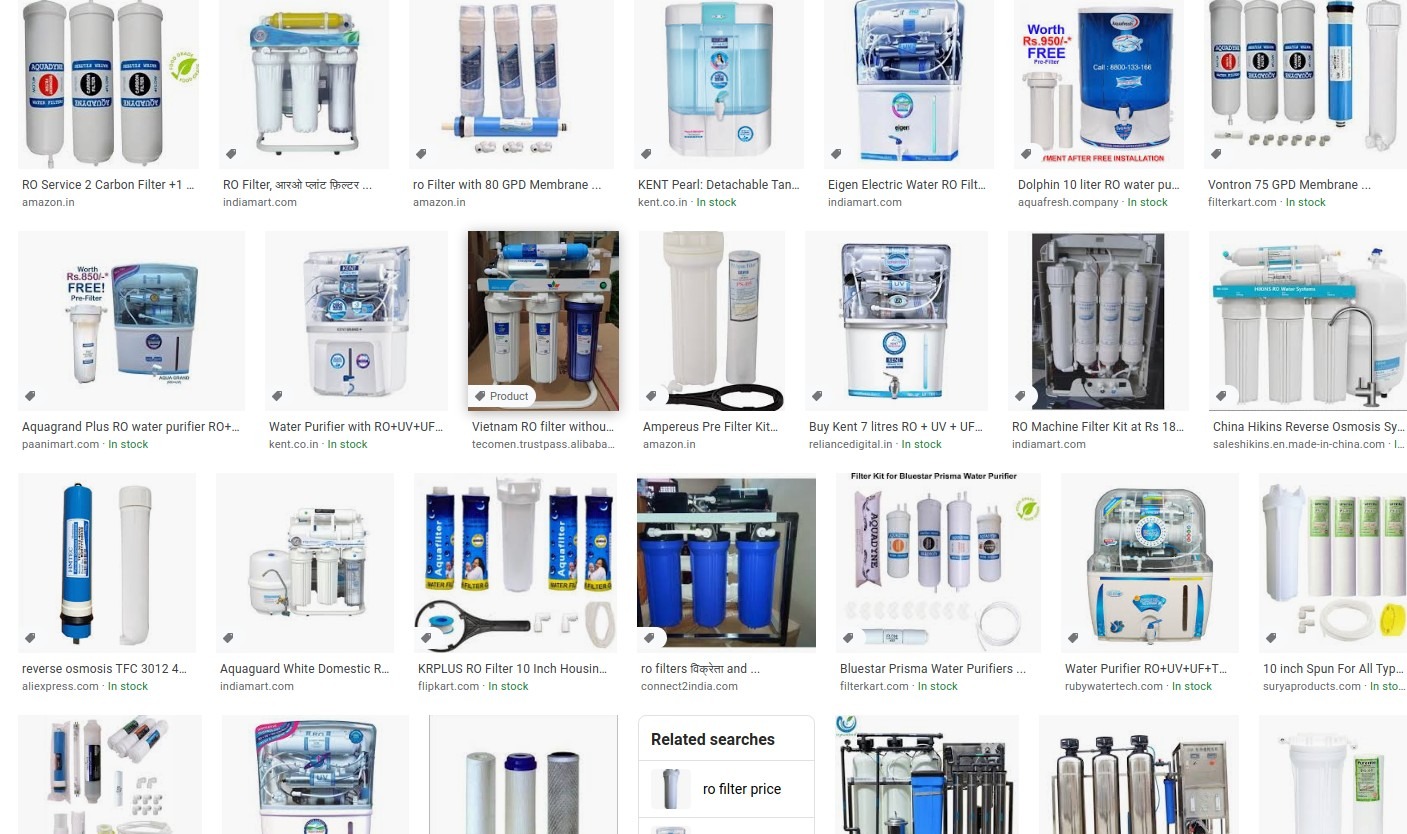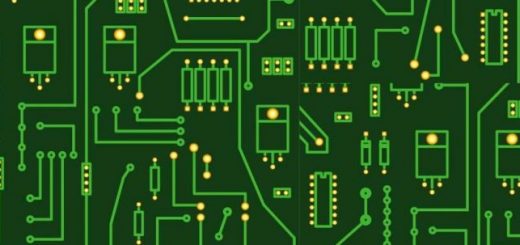The actual RO connection help you won’t find anywhere else

Multiple companies are selling RO (Reverse Osmosis) based water purifiers these days, and all of them will have some confusing diagram to accompany their product so that you are forced to call an electrician or a support guy to fix stuff which is actually very simple to do it yourself. So here is the final be-all-end-all documentation for your water purification needs:
What makes my RO expensive
In no particular order, the motor, the casing, and of course the actual RO filter or membrane. Together these three are the biggest part of total cost. Everything is relatively cheap actually.
How often do I need to replace the components
As it turns out, not very often. And if you are just a little bit careful, maybe even longer. In general, if your RO is working fine, most of its components like the TDS (Total Dissolved Solids) mixer, motor, adapter, etc. should last you for a long long time. The filters themselves should last at least a year.
What are the components anyway
Right! So let’s start.
- Casing – This is where rest of the components will decide. It should cover everything from dust etc. as well as the pure water itself. It hardly makes any difference in cost when selecting the size of the tank which will hold the water. I would suggest you to get one which is not transparent because over time you will need to rub it and clean in and that transparent plastic will end-up collecting permanent scratches and smudge etc. that won’t look good. Translucent is best, as it allows you to see if everything is working fine already or not.
- The inlet tap – This small little thing is fitted between the water pipeline and rest of the water purifier assembly so that you can always stop the water inflow manually when you want to. You will probably need a plumber to fit it.
- The solenoid valve – This valve works on the same principle as the simplest electric instrument ever – an electric bell which you probably saw it in your physics lab in school. In short, it will allow water flow when electricity is passing, otherwise it will block it. You can read about the actual mechanism at Solenoid. If you RO is not giving any water but you are sure electric supply is fine, this is probably what you want to check. It is probably the cheapest non-plastic part in your RO, both in price and quality.
- The adapter – the next thing that might go bad. Hopefully, it has some sort of LED to show that it is working. Otherwise, you might need to use a multimeter.
- The motor – It is the heart of your machine, pumping water everywhere. The reason you need a pump is that some filters, like RO or UF (Ultra Filtration) create a huge pressure difference between inlet and output, you need to forcefully get the water inside it.
- Stopper – this little thing is there to measure water level in your tank/casing. Once it has reached a limit, it will shut down the electric supply to the adapter and thus to the motor and solenoid valve, stopping the whole flow.
Before we move onto filters, let me tell you a secret – Most of these filters are there to make sure your RO filter works only as much as required. It is the most expensive filter in your purifier it can single-handedly guarantee that your water will have no impurities, but you want it to work on the cleanest water it can or you will end up changing it so frequently it will suddenly stop making any economic sense. So right off the bat, RO should as much at the end of your flow as possible. I know that this is not what you have found written at most places, and that is why it is a secret that I am willing to disclose. (Say thanks to Prof. A. K. Verma, Head of Chemical Engg Deptt, Banaras Hindu University.)
- Sediment filter – This filter stops the biggest particle in your water supply, from as big as hair to as small as a grain of dust. This filter is direction agnostic, as in it doesn’t really matter which direction the water goes in this filter. Just use the other end.
- Carbon filter – Filled with activated charcoal, it is there to remove organic impurities. What are organic impurities? Well, may some animal took a piss (like a bird – it happens) and you don’t want your water to smell bad. Other filters will remove all kinds of chemicals but that smell will go away only when the organic compounds behind it react with activated charcoal and in the process get removed from water. If your water is smelling, this is probably what you want to replace. Also, many purifiers have two of these fitted, one before and one after the pump. As long as they are before RO, it is fine.
- UF – This filter remove very fine particles from your water to reduce stress on your RO. Beware – some of those cheap filters available in market don’t actually work and you won’t get to know it by measuring water quality. Your RO filter will go bad frequently and you will be cursing that person who told you to get purifier without realizing the issue.
- UV – It is another stuff people have started selling nowadays. The idea is that Ultra Violet light will kill microbes. I am not sure about its efficiency, to be frank, but I suppose this is the one filter you can safely put after RO filter.
- RO – The most important filter in your purifier. Remove it you will hardly see a drop in TDS in your water. Add it suddenly you are getting almost distilled water. One could simply pass water from it and store distilled water but then, we don’t want to be wasteful, do we? Distilled water is not good health either as it may cause a reduction of salt in your body causing all kinds of sickness. But we will get to that in a moment.
How to know my water is safe to drink
Simply answer these two questions:
- Is the TDS within recommended limits? Depending on your taste, it should be anywhere between 100 mg/L and 300 mg/L. Lower than 100 may make you sick.
- Is it okay in smell?
If your answer to either of the above questions is No, it is not safe to drink.
By the way, you can buy a TDS meter to check the whole thing yourself. It hardly costs $2-3 (~₹ 200).
Just give me the flow diagram

RO Flow Diagram



